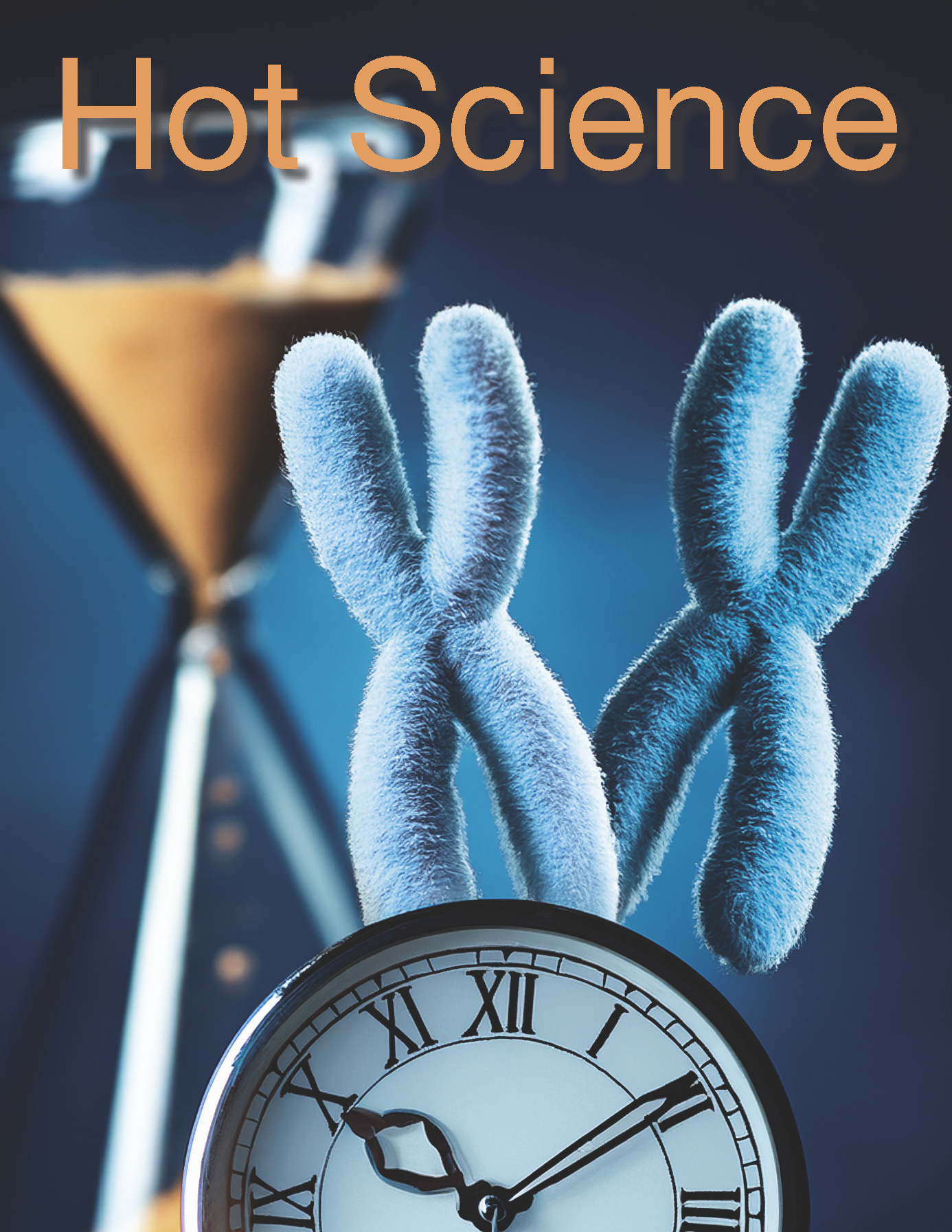Nanobiotechnology and aging: a promising solution?
Keywords:
Aging, nanoparticles, drugsAbstract
Aging is the cause of various diseases (Alzheimer’s, Parkinson’s, cancer, and heart disease), and the risk of suffering from these diseases can increase or decrease depending on habits and exposure to various factors. However, nanobiotechnological tools can efficiently and precisely treat these conditions. Although these techniques have not yet been perfected, they hold great promise for the future, with the hope that they will be available to all sectors of the population in the future.
References
López-Otín C, Blasco MA, Partridge L, Serrano M, Kroemer G. (2013). The hallmarks of aging. Cell 153(6):1194-217. https://doi.org/10.1016/j.cell.2013.05.039
Dai, Y., Guo, Y., Tang, W. et al. (2024). Reactive oxygen species-scavenging nanomaterials for the prevention and treatment of age-related diseases. J Nanobiotechnol 22, 252. https://doi.org/10.1186/s12951-024-02501-9
Li Y, Xia X, Wang Y, Zheng JC. (2022). Mitochondrial dysfunction in microglia: a novel perspective for pathogenesis of Alzheimer’s disease. J Neuroinflammation 19(1):248. https://doi.org/10.1186/s12974-022-02613-9
Dutt, Y., Pandey, R.P., Dutt, M. et al. (2023). Therapeutic applications of nanobiotechnology. J Nanobiotechnol 21, 148. https://doi.org/10.1186/s12951-023-01909-z
Nirmala, M. J., Kizhuveetil, U., Johnson, A., et al. (2023). Cancer nanomedicine: a review of nano-therapeutics and challenges ahead. RSC Advances 13, 8606-8629. https://doi.org/10.1039/D2RA07863E
Chehelgerdi, M., Chehelgerdi, M., Allela, O.Q.B. et al. (2023). Progressing nanotechnology to improve targeted cancer treatment: overcoming hurdles in its clinical implementation. Mol Cancer 22, 169. https://doi.org/10.1186/s12943-023-01865-0
Venkidasamy, B., Shelar, A., Dhanapal, A.R. et al. (2025). Emerging biopolymer nanocarriers for controlled and protective delivery of food bioactive compounds- current status and future perspective, Food Hydrocolloids 160, Part 1, 110769. https://doi.org/10.1016/j.foodhyd.2024.110769
Chaib, S., Tchkonia, T., & Kirkland, J. L. (2022). Cellular senescence and senolytics: the path to the clinic. Nature medicine, 28(8), 1556–1568. https://doi.org/10.1038/s41591-022-01923-y
Shi Y, Zhang Y, Zhang Y, Yao J, Guo J, Xu X, Wang L. (2024). Advances in Nanotherapy for Targeting Senescent Cells. Int J Nanomedicine 19:8797-8813. https://doi.org/10.2147/IJN.S469110

Downloads
Published
How to Cite
Issue
Section
License
Copyright (c) 2025 Revista de divulgación científica iBIO

This work is licensed under a Creative Commons Attribution-NonCommercial-NoDerivatives 4.0 International License.
Self-archiving or deposit of the works in their post-publication version (editorial version) is permitted in any personal, institutional or thematic repository, social or scientific networks. The above applies from the moment of publication of the article in question on the website of the Revista de divulgación científica iBIO.




